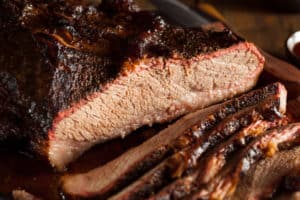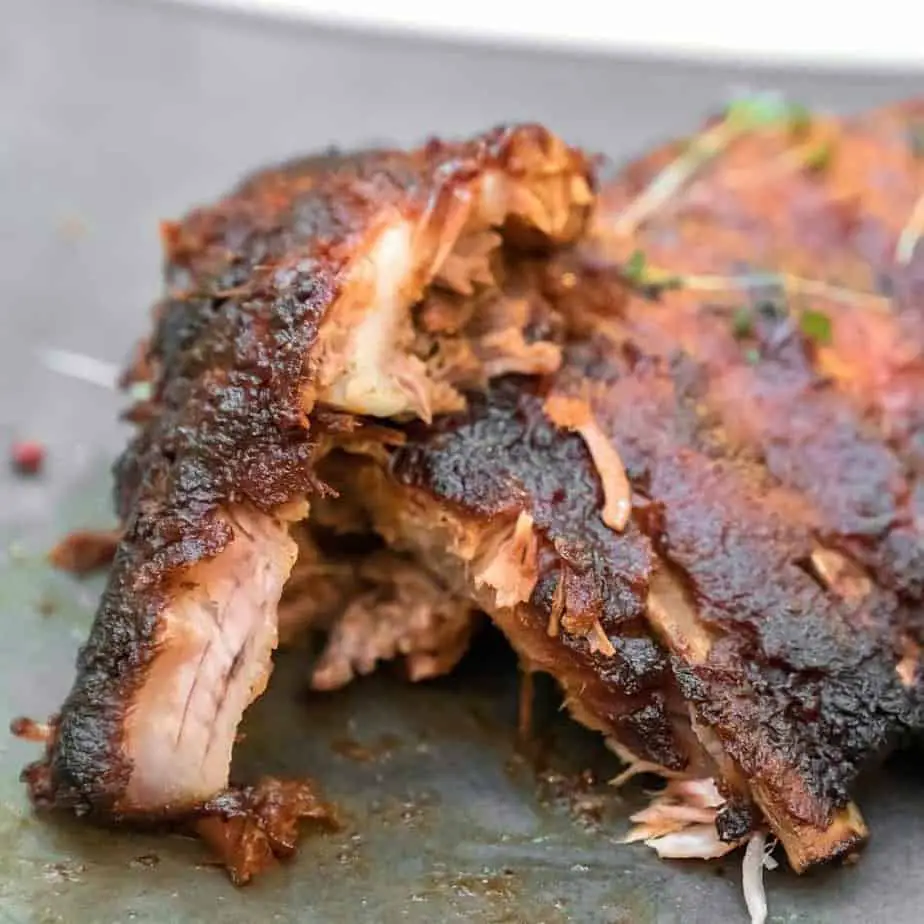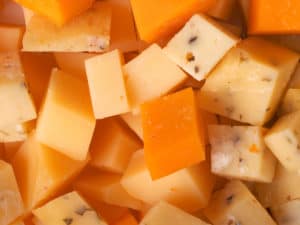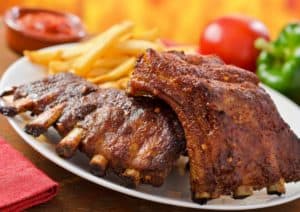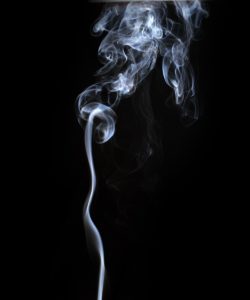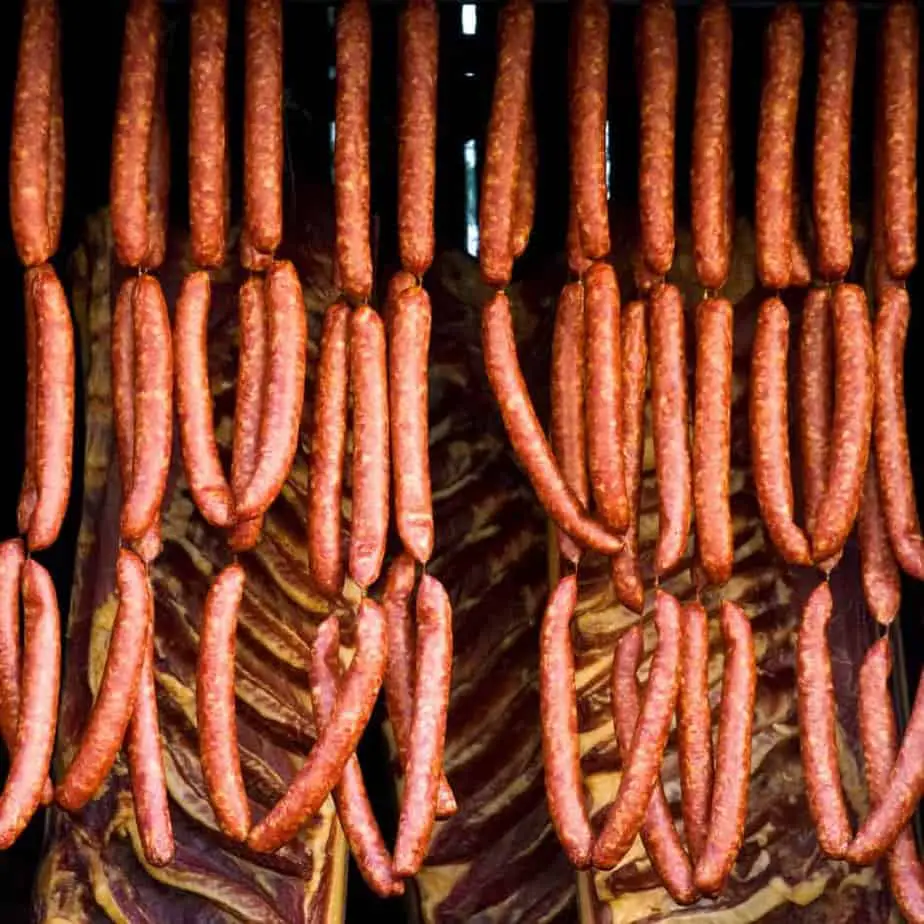What Foods Can Be Cold Smoked?
Disclosure: This post may contain affiliate links. If you use these links to buy something we may earn a commission at not additional cost to you. Learn more.
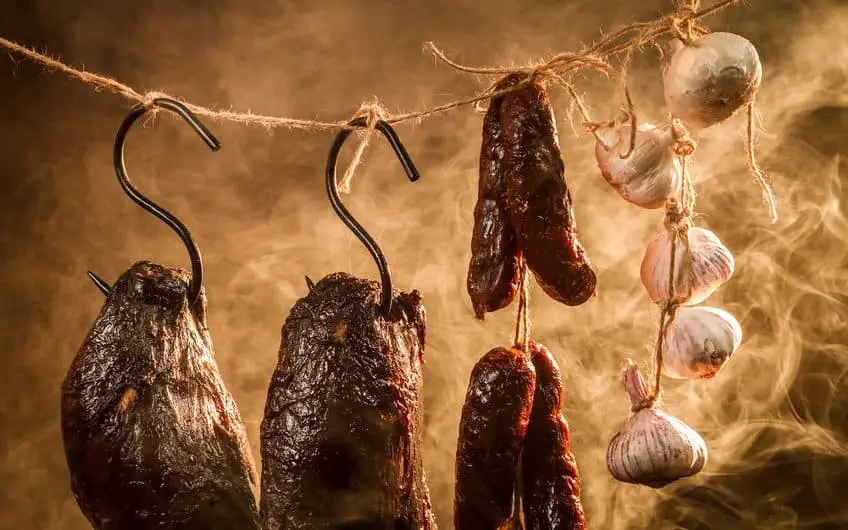
There are various ways to cook and prepare many different kinds of meats and other foods. One of these ways is a process called cold smoking. So what sort of foods can you cold smoke?
Cold smoking is something mainly done for meats (such as fish, ham, or bacon) and cheeses. Although it is common to do it on other foods as well, like eggs, fruits, and vegetables. Unlike other kinds of smoking, cold smoking focuses on infusing the foods with a certain smoky flavor.
There is much more that goes into cold smoking and the foods you can do it to. Below you will find more information about what cold smoking is, the types of foods that can be cold smoked, and how to cold smoke.
What Is Cold Smoking?
Unlike other types of cooking, grilling, and smoking, cold smoking is not something you can prepare and then leave while it’s being finished. It can still be an easy process, but it takes up a great deal of time and attention.
Cold smoking doesn’t actually cook the food, like hot smoking does. It just acts as a flavor enhancer by adding a smoky flavor to the foods at low temperatures (between 40° to 100° Fahrenheit). Because cold smoking doesn’t really cook the food, meats should be cooked or cured beforehand to make sure it is completed properly and to prevent the presence of bacteria.
This process is best done in the fall or winter months because the colder weather keeps it from getting too hot inside of the smoker. Doing it when the weather outside is between 40° and 60° F is ideal. Foods that have been cold smoked can last for many months without being refrigerated if needed.
Foods That Can Be Cold Smoked
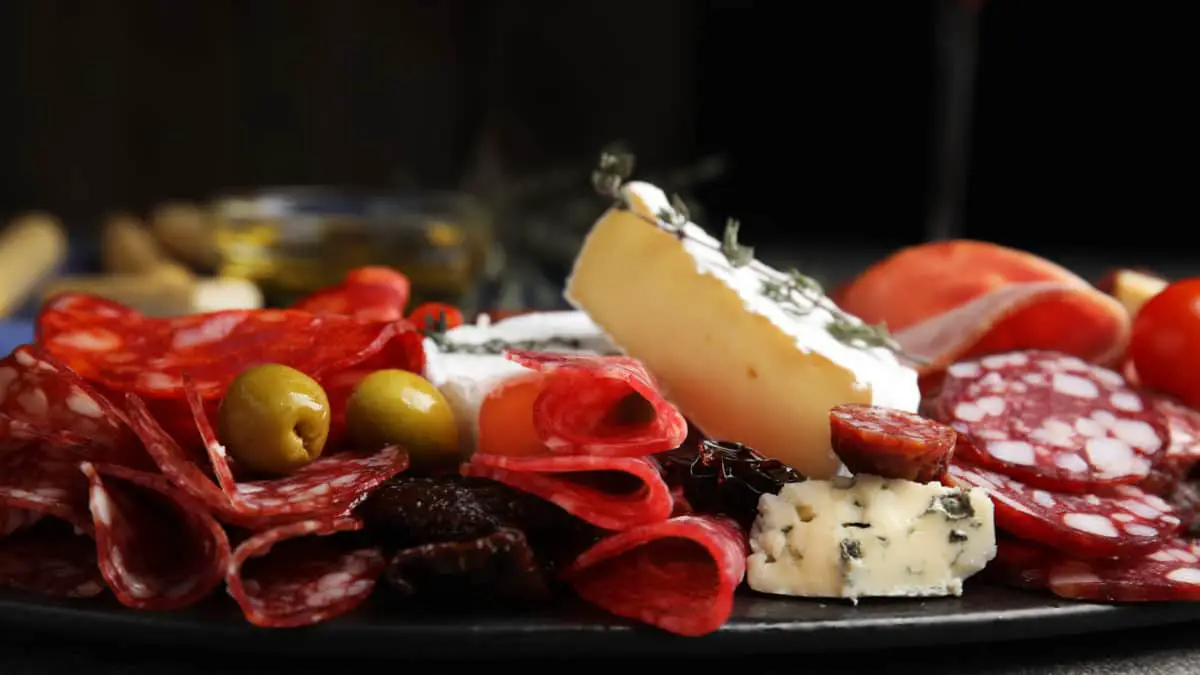
- Cheese: This food is also one of the easiest to cold smoke and a great one to try experimenting with if you are new to cold smoking. The most common, and most favorite, types of cheeses to try are cheddar, gouda, swiss, mozarella, provolone, and pepper jack. If you wrap the cheese in plastic wrap once it’s done being smoked and leave it in the fridge for a few days, the smoky flavor will become more intense.
- Eggs: Only cold smoke eggs that have been boiled. Hard boiled or soft boiled is fine. Cold smoking any raw food is not a good idea.
- Fruits: Tomatoes, pineapples, mangoes, and olives are among the most popular.
- Vegetables: Potatoes and garlic are common options, but pretty much any vegetable can be cold smoked with easy success.
- Nuts: Pecans and Walnuts, either whole or shelled, are popular options in this food category to cold smoke.
- Meat: Of course, this is probably the most common food to cold smoke. The meats often used are any type of fish, like salmon or trout, and bacon, ham, beef, steak, pork, and chicken. Cold smoking these meats can be done before they are grilled or cooked as a way to enhance the flavor.
You can smoke many other foods too, basically anything you want to have that smoky flavor on. Feel fry to experiment and try with different foods.
Equipment Needed
Smokers can be big, like this combination of a grill and smoker, or small, like this one that is a little less than 2 feet. If you don’t have a food smoker, there are only a few things you need to cold smoke your food without one:
- Smoke: This is definitely an essential element of cold smoking
- Food safe rack: To place your food on and make efficient use of your space
- Large container: To cover your food and trap it in a smoky environment. A converted barrel, box, or cooler of some kind would be an effective container to use.
- Thermometer: For keeping track of the temperature
- Wood: This is something needed for both DIY and normal smokers. The type of wood you choose is important. The best types to use for smoking that provide a light, yet recognizable, smoky flavor are apple, cherry, pecan, and maple. Woods like hickory provide a heavier, richer smoky flavor. Know if the wood you have has been treated or not and where it comes from before you use it. If the wood has been treated, it’s possible chemicals from the additives inside it could seep into your food during the smoking process. Source
How To Cold Smoke
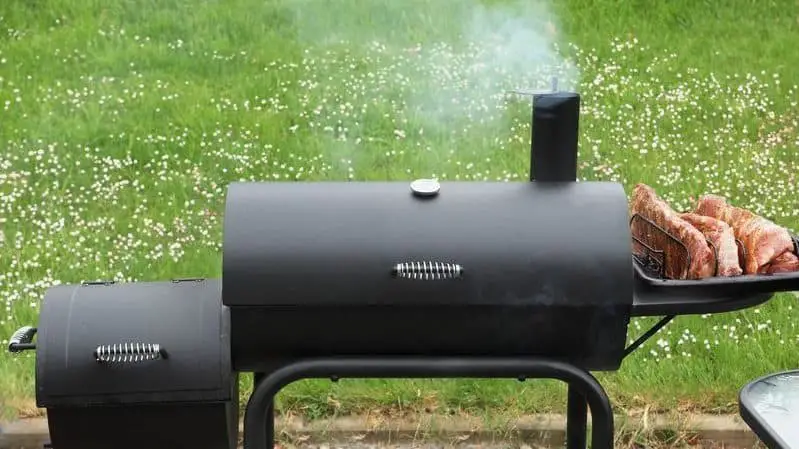
The colder you keep your meat during this process, the better. This allows the meat to retain moisture, be protected from some forms of bacteria, and gain a better smoked appearance. Do not cold smoke in temperatures greater than 100° F, both inside and outside the smoker. The time it takes to cold smoke will depend on the food; for some cheese it can take just a few minutes, while for some meats it can take days or even weeks.
Cold smoking is usually done with the food in one chamber, and the fire providing the smoke in another chamber. The smoke is then transported into the other chamber through a vent or pipe of some sort, and will cool as it travels. However you choose to set up your smoker, you have to make sure to expose the food to the smoke.
If you are using a DIY smoker, pretty much all you have to do is put your foods on the rack inside your homemade chamber, find a way to attach it to a pipe of some sort, then connect it to wherever your separate, external fire is. If you’re using an actual smoker, the methods will vary depending on what type of smoker you have. Your smoker should hopefully come with instructions on how to use it, and you can even lookup the instructions as well for your specific smoker on its website.
You should know that your food is done when the surface feels a little like leather and the inside feels kind of soft, but not raw.
If your meat is not handled well, it can cause botulism, which is a type of food poisoning caused by the bacteria that can develop on the meats if the conditions aren’t right. Cold smoking provides the perfect conditions for this because the meat is not cooked and you’re smoking it in colder temperatures. Curing meats beforehand can help with this, but it will not eliminate the possibility completely. Source

